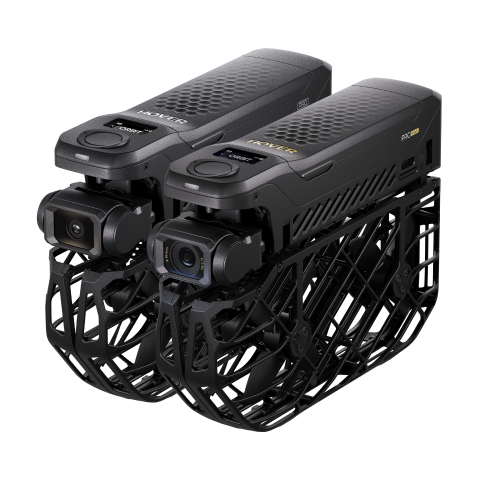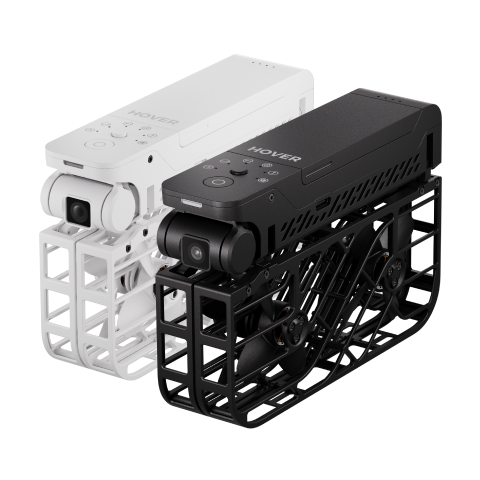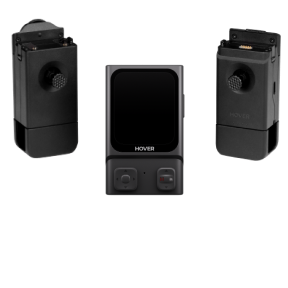Have you ever noticed that the HOVERAir X1’s frame has a slight upward tilt? This subtle design feature, known as a dihedral angle, isn’t just for looks—it plays a crucial role in enhancing flight stability, maneuverability, and efficiency. In this article, we’ll explore the X1’s frame design and unique aerodynamic features. By combining passive cooling, efficient motor matching, and a chamfered frame with a dihedral angle, the X1 achieves smoother flights, greater agility, and reduced energy consumption, delivering a superior flying experience.
Passive Cooling
Smarter Heat Dissipation: Why HOVERAir Uses Passive Cooling
Managing heat is a challenge for any electronic device. The most common solution is to add fans or bulky heat sinks, which work well but also introduce extra weight, noise, and moving parts that can wear out over time. For HOVERAir, where portability and reliability are everything, that approach simply wasn’t good enough.
What is Passive Cooling?
Passive cooling is a smarter alternative. Instead of relying on fans or pumps, it dissipates heat naturally through airflow and conduction. With the right materials and structural design, it keeps devices efficient, quiet, and reliable—without the added bulk or mechanical complexity of active systems.
How the X1 Implements It
The HOVERAir X1 integrates passive cooling directly into its aerodynamic design. As the rotors spin, they create natural airflow patterns and low-pressure regions along the sides of the drone. Carefully positioned openings near the gimbal and the base channel this airflow through the body, carrying heat away from key components.
The result is a lightweight, compact flying camera that stays cool and stable even during long shooting sessions—without consuming extra energy, creating noise, or sacrificing its sleek design. By embracing passive cooling, HOVERAir ensures both engineering efficiency and a better flying experience for every user.
Dihedral Angle Design (Upward-Tilted Frame)
Instead of keeping the frame level, the X1’s arms are tilted upward by about 5 degrees. At first glance it may look like a small detail, but this subtle adjustment has a big impact on flight performance.

Enhancing Flight Stability:
By mounting the motors and propellers at a slight angle, the thrust they generate is no longer perfectly vertical. This creates an additional control torque that helps counteract unwanted yaw, keeping the flying camera more stable in the air. The result is smoother, steadier flights with less vibration, even in windy conditions.
Improved Maneuverability
The angled design also makes the X1 more agile. Because the thrust isn’t just pushing straight down, the drone can respond faster to control inputs during sharp turns, quick ascents, or complex flight paths. This added responsiveness gives pilots more confidence to tackle challenging maneuvers while still enjoying a smooth flying experience.
And what about lift — Does tilt waste energy?
Hardly. With just a 5° angle, the actual loss in lift is only about 0.4%. In return, that small tilt produces nearly 8.7% of additional torque. In other words, it’s a smart trade-off: sacrificing almost nothing in lift while gaining a big boost in stability and maneuverability.
Conclusion
The X1’s dihedral angle design optimizes flight performance, stability, and heat management. By refining its aerodynamic layout and structural design, the drone delivers precise, responsive control even in challenging conditions. This combination of efficiency, stability, and durability makes the X1 a high-performance drone that’s ready to handle a wide range of flight tasks while providing a smooth, enjoyable flying experience.












